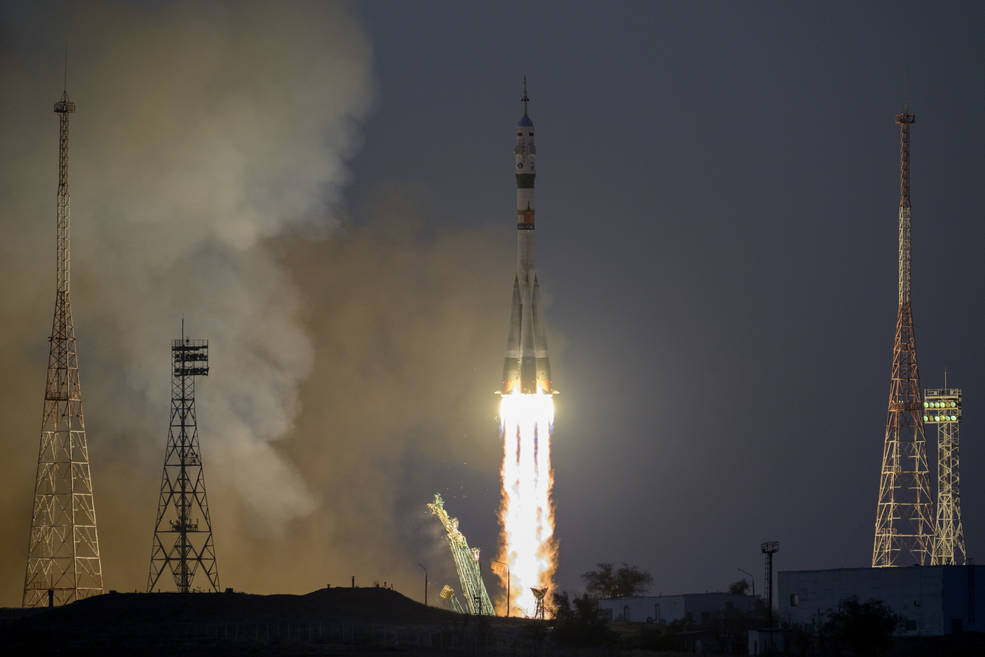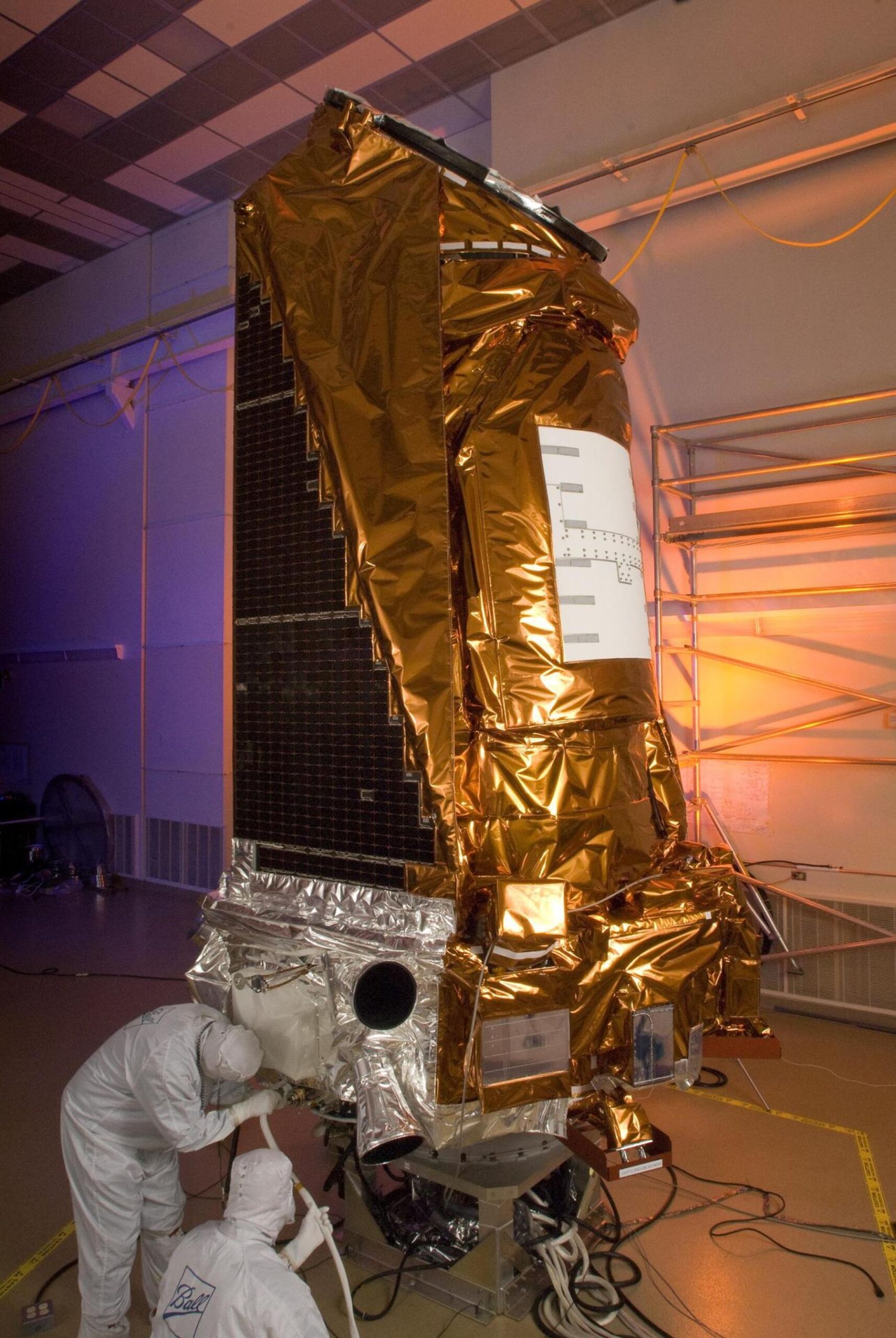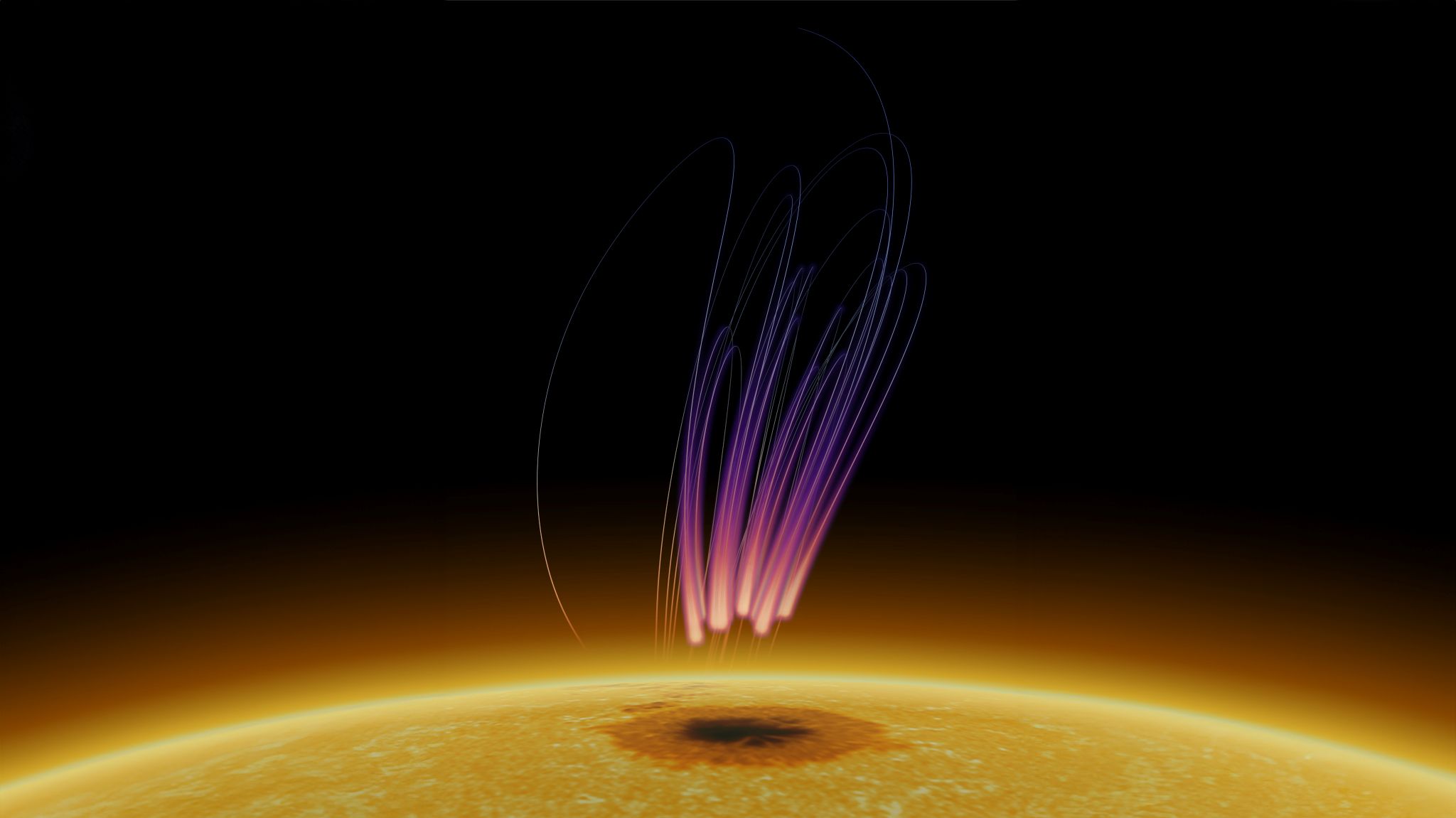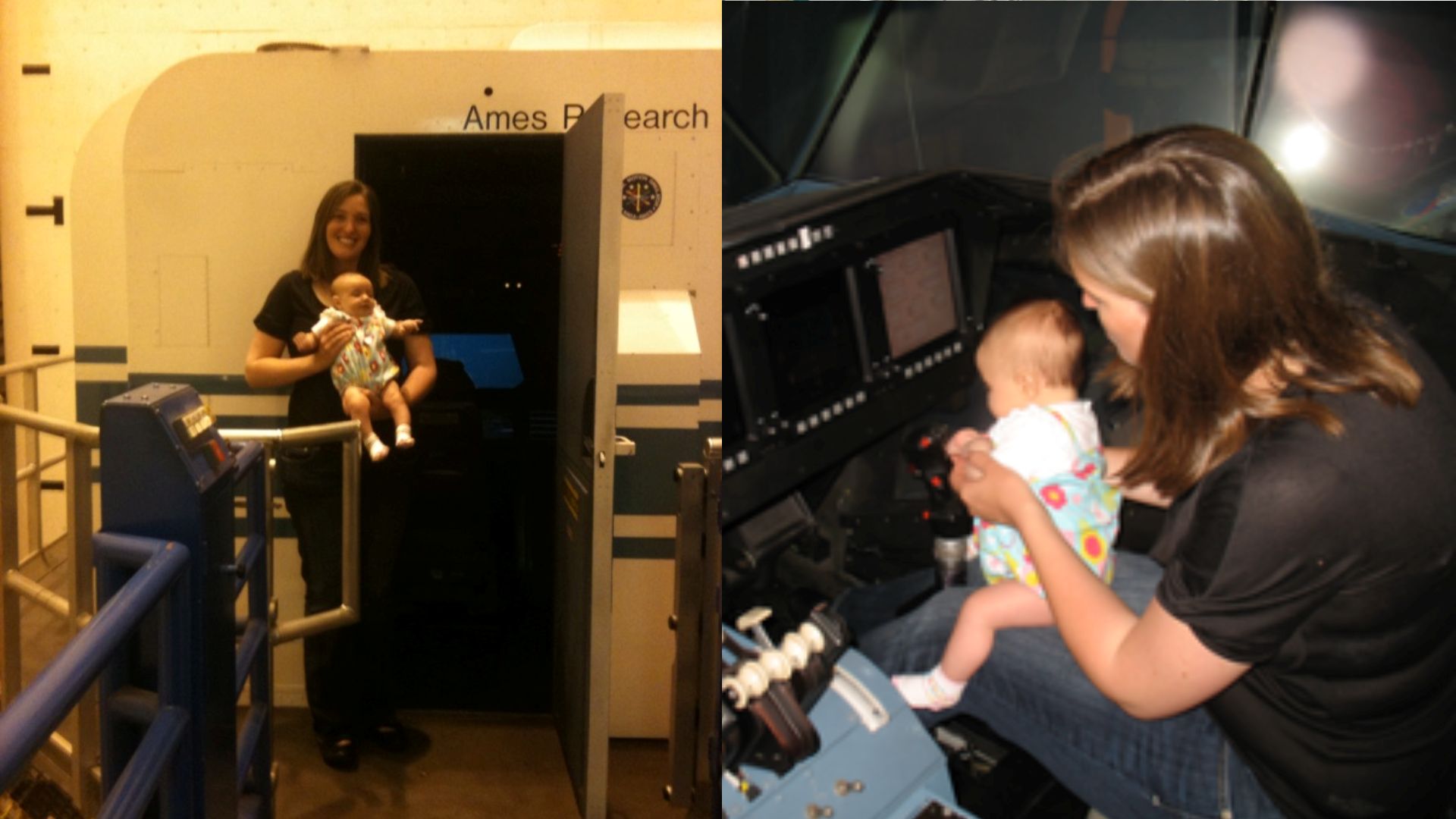GLOBE Eclipse Challenge: Clouds and Our Solar-Powered Earth
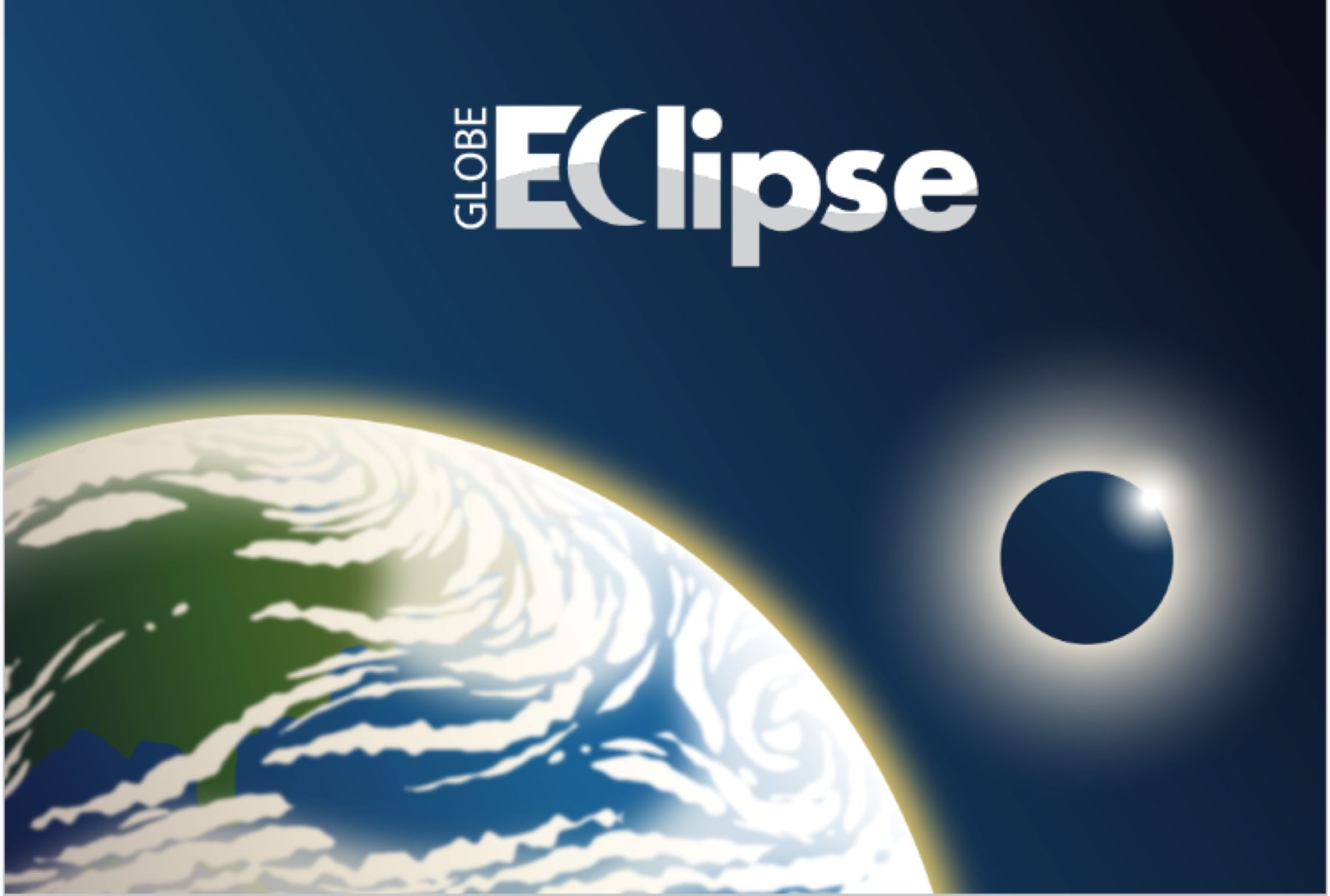
Imagine standing outside on a cool spring day when all at once, the clouds shift and sunlight streams down, bathing you with warmth. In moments like this, you might notice – and appreciate – the Sun just a little bit more, but you feel the Sun’s influence every day, even when you don’t feel the Sun itself. Solar energy drives the water cycle and cloud formation. It fuels winds and nourishes growing plants. The Sun is intricately connected to the rhythm of life on Earth because we live on a solar-powered planet.
So what happens on Earth when the Sun is blocked during an eclipse? How cold will it get in the Moon’s shadow? What will happen to the clouds? Will the temperature change? Will winds shift? To answer these questions, The GLOBE Program invites you to participate in the natural experiment provided by April 8’s total solar eclipse by recording changes in cloud conditions and in temperature everywhere (both inside and outside the eclipse path).

Volunteers measuring changes in temperature and clouds with GLOBE Observer saw a drop in air temperature. Some volunteers also saw puffy (cumulus) clouds dissipate or collapse and flatten out.
The GLOBE Program
To participate in GLOBE Eclipse:
- Download the free GLOBE Observer app and register with an active email address.
- Get an air temperature thermometer so you are ready to record the temperature during the eclipse.
- Begin observing clouds now (before eclipse day) so that you are comfortable with the process. To get ready, we encourage you to participate in the GLOBE Eclipse Challenge: Clouds and Our Solar-Powered Earth, March 15-April 15. During the challenge, you will record cloud conditions at varying times during the day.
- On April 8, tap on “Eclipse” in the GLOBE Observer app and start recording your temperature and sky conditions before, during, and after the eclipse. You will measure temperature every 5-10 minutes and clouds every 15-30 minutes or whenever you see change. You can explore the Eclipse protocol in the app without entering data (practice mode) starting in mid-March. You can start entering actual temperature data the week before the eclipse.
https://youtube.com/watch?v=KZlDOGd6q-Y%3Fstart%3D15%26feature%3Doembed%26enablejsapi%3D1%26html5%3D1%26origin%3Dhttps%3A
Participating in GLOBE Eclipse as a volunteer requires the GLOBE Observer app and a thermometer. Training is provided in the app. No prior experience is necessary.
Heather Mortimer/GLOBE Observer/NASA’s Goddard Space Flight Center
You can find videos and additional training resources at: https://observer.globe.gov/eclipse.
The GLOBE Program is an international science and education program that engages students and volunteers from around the globe in monitoring the environment in support of Earth system science. Through GLOBE Observer, the app of The GLOBE Program, volunteers document clouds every day, creating a years-long record of change across seasons. The GLOBE Eclipse tool with the app extends routine cloud observations to provide insight into what happens in the sky when the Sun is blocked.
By Holli Kohl
GLOBE Observer, NASA’s Goddard Space Flight Center

